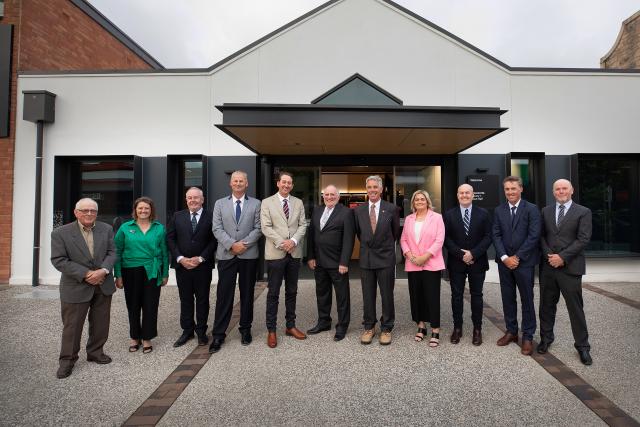Council turns down Telstra proposal for three new stations for the distict

Digital Edition
Subscribe
Get an all ACCESS PASS to the News and your Digital Edition with an online subscription
Scriven sits at number five
A SOUTH East minister has found herself sitting at number five on this year’s election ballot.
Minister for Primary Industries, Regional Development and Forestry Clare...







